Sustainable Personalization Tech: DTF Apparel’s Future in 2025
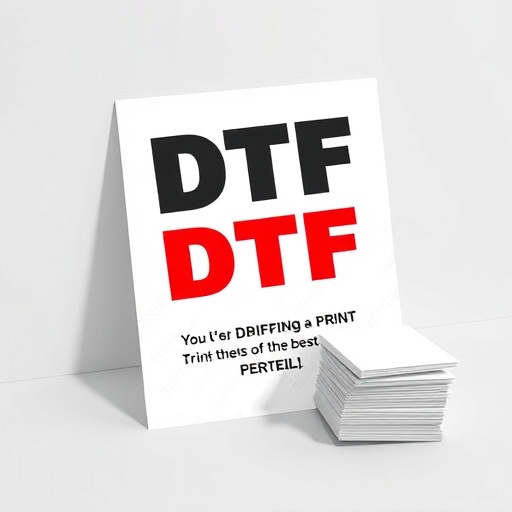
By 2025, DTF Custom Apparel thrives on sustainability with eco-friendly fabrics and advanced printin…….
Welcome to an in-depth exploration of a dynamic and ever-evolving industry: DTF (Direct to Fabric) Custom Apparel. This cutting-edge approach to garment production has revolutionized the fashion landscape, offering unparalleled customization, efficiency, and sustainability. In this comprehensive article, we will navigate through the various facets of DTF custom apparel, from its technical foundations to its global impact and future potential. By the end, readers will gain a profound understanding of how this technology is reshaping the way we design, produce, and consume clothing worldwide.
Definition: Direct to Fabric (DTF) custom apparel is a digital printing technique that enables designers and brands to create personalized garments directly on various fabric types without the need for costly pattern-making or screen-printing processes. This method allows for on-demand production, offering endless design possibilities and a unique customer experience.
Core Components:
Historical Context: The concept of direct-to-fabric printing has its roots in the early 2000s when inkjet technology advanced, enabling high-quality printing on various materials. However, it was in the late 2010s that DTF custom apparel gained significant traction, driven by the rise of e-commerce and a growing demand for personalized, on-trend clothing. This technology initially found favor among small-scale designers and start-ups due to its accessibility and ability to democratize fashion production.
DTF custom apparel has left an indelible mark on the global fashion industry, transcending geographical boundaries and cultural barriers. Its influence is evident across multiple regions, each embracing this technology in unique ways.
| Region | Impact and Trends |
|---|---|
| North America | The US and Canada have been at the forefront of DTF apparel adoption, with a strong focus on fast fashion and e-commerce. Major retailers are integrating DTF into their production pipelines, offering customers personalized clothing options. |
| Europe | European countries, particularly Germany and the UK, are known for their high-quality fabric and design standards. DTF has gained traction among independent designers who leverage this technology to create niche, limited-edition pieces. |
| Asia Pacific | China, India, and Japan have seen a boom in DTF custom apparel, driven by the immense popularity of e-commerce and social media influencers. These regions are home to numerous small and medium-sized enterprises (SMEs) specializing in DTF printing and garment production. |
| Emerging Markets | Countries like Brazil and South Africa are embracing DTF as a means to foster local fashion industries, promote cultural expression, and create sustainable employment opportunities. |
The global trend towards customization and on-demand production is a primary driver of DTF apparel’s success. Consumers increasingly demand unique, personalized items that reflect their individuality, leading brands to seek innovative solutions like DTF. Additionally, the rise of social media has fueled a desire for instant gratification, making DTF an attractive option for rapid design-to-delivery.
The economic implications of DTF custom apparel are far-reaching and multifaceted, impacting various sectors within the fashion industry.
Market Dynamics: The DTF market has experienced significant growth, with global revenues projected to reach USD 2.5 billion by 2025, growing at a CAGR of 12.5% (Source: Market Research Future). This rapid expansion is attributed to the increasing demand for personalized apparel and the technology’s ability to reduce production times and costs.
Investment Patterns: Venture capitalists and angel investors have shown a keen interest in DTF startups, recognizing the potential for disruption. Funding rounds have been substantial, with some companies raising millions to expand their operations and develop new technologies. These investments fuel innovation, drive market penetration, and create job opportunities.
Cost Structure: The cost of DTF apparel production differs from traditional methods. While initial setup costs for printers and software can be high, the per-unit pricing is competitive, especially for small batches. This model allows brands to offer customized products at comparable prices to mass-produced items, appealing to a wider customer base.
Employment and Skills: DTF custom apparel has the potential to transform traditional garment manufacturing hubs by creating new job roles. These include graphic designers, DTF printer technicians, quality control specialists, and e-commerce marketing professionals. This shift requires reskilling and upskilling initiatives to prepare workers for the digital age.
The technological landscape surrounding DTF custom apparel is evolving rapidly, driving innovation and expanding its capabilities.
Digital Printing Techniques:
Fabric Innovations: Researchers are developing new fabrics tailored for DTF printing, offering enhanced flexibility, durability, and moisture-wicking properties. These innovations cater to diverse markets, from athletic wear to high-end fashion.
Software Integration: Advanced design software now integrates AI and machine learning algorithms to automate layout designs, predict print outcomes, and optimize color calculations. This technology streamlines the design process, reduces errors, and improves productivity.
Sustainable Practices: There is a growing emphasis on sustainable DTF practices, including the use of eco-friendly inks, water-based printing processes, and recycled fabrics. These innovations aim to minimize the environmental impact of apparel production while meeting consumer demands for ethical products.
As DTF custom apparel gains popularity, regulatory bodies worldwide are adapting their policies to address emerging challenges and ensure fair practices.
Intellectual Property Rights: Protecting designs and patterns is crucial in the digital age. Many countries have strengthened copyright laws to safeguard original artwork used in DTF printing, preventing unauthorized replication and counterfeiting.
Product Safety Standards: Regulatory bodies like the Consumer Product Safety Commission (CPSC) in the US and similar agencies worldwide ensure that garments produced through DTF meet safety standards, particularly for clothing items in direct contact with skin.
Environmental Regulations: The European Union’s REACH (Registration, Evaluation, Authorization, and Restriction of Chemicals) regulation influences the choice of inks and fabrics used in DTF printing to minimize environmental harm. Similar regulations are being adopted globally to promote sustainable practices.
Data Privacy and Security: With the rise of e-commerce and personalized apparel, data privacy laws like GDPR (General Data Protection Regulation) in Europe become pertinent. DTF companies must ensure secure handling of customer data during design customization and order processing.
Despite its numerous advantages, DTF custom apparel faces several challenges and criticisms that require careful consideration and strategic solutions.
Initial Setup Costs: One of the primary barriers is the high upfront investment required to acquire DTF printers and software. This cost can be a significant obstacle for small businesses and independent designers, limiting entry into the market.
Color Consistency: Achieving consistent color reproduction across different fabrics and printing batches remains a challenge. Variations in fabric dyes and printer calibration can lead to minor color differences, which might be unacceptable for high-end fashion brands.
Material Limitations: While DTF offers versatility, certain fabric types and finishes may not be suitable for all printing techniques. For instance, very smooth or heavily textured fabrics can present challenges in ink adhesion, requiring specialized handling.
Customer Education: Many consumers are unfamiliar with DTF apparel, leading to misconceptions about its quality and capabilities. Educating the market about the benefits and limitations of this technology is essential to fostering widespread adoption.
To address these challenges, industry stakeholders can implement the following strategies:
Urban Threads, a boutique clothing brand based in New York City, embraced DTF printing to create exclusive, limited-edition collections. By partnering with local artists and utilizing social media campaigns, they offered customers unique, personalized designs at competitive prices. This strategy helped them gain a dedicated online following and establish themselves as trendsetters in the NYC fashion scene. The brand’s success demonstrates how DTF can empower independent designers to compete with larger companies by offering something truly distinctive.
Global retailer H&M implemented DTF printing as part of its sustainable initiative, aiming to reduce waste and offer personalized clothing options. By utilizing recycled fabrics and eco-friendly inks, they produced limited-edition collections with a reduced environmental footprint. This strategy not only resonated with environmentally conscious consumers but also generated significant online engagement. H&M’s approach showcases the potential for DTF to drive mainstream adoption while promoting sustainability.
In South Africa, young designers have embraced DTF printing as a means of cultural expression and economic empowerment. Local startups offer personalized T-shirts and hoodies with traditional patterns and modern twists, catering to the global market. This movement not only preserves cultural heritage but also creates employment opportunities in underserved communities. These case studies highlight the transformative power of DTF in fostering local creativity and entrepreneurship.
The future of DTF custom apparel is brimming with possibilities, driven by technological advancements and evolving consumer trends.
Market Growth: The global DTF market is projected to witness significant expansion, particularly in emerging markets, as consumers become more digitally savvy and demand personalized products.
Sustainability Focus: Environmental concerns will continue to shape the industry, pushing for sustainable printing practices, eco-friendly fabrics, and closed-loop recycling systems.
Augmented Reality (AR) Integration: AR technology can revolutionize the DTF experience, allowing customers to visualize designs on themselves virtually before placing orders. This immersive experience can enhance customer engagement and reduce returns.
Personalization at Scale: With advancements in automation and AI, DTF printing can offer highly customized products at scale, catering to diverse consumer preferences while maintaining low production costs.
Global Supply Chain Disruption: The COVID-19 pandemic has highlighted the fragility of global supply chains. DTF’s ability to facilitate local production and on-demand manufacturing may become increasingly valuable in shaping resilient fashion supply networks.
DTF custom apparel has emerged as a disruptive force within the fashion industry, reshaping how garments are designed, produced, and experienced. Its global impact is evident, fostering innovation, personalization, and sustainability. As technology continues to evolve, DTF will play a pivotal role in addressing the industry’s challenges and meeting consumer demands for unique, ethical, and affordable clothing.
By embracing this technology and implementing strategic solutions, fashion brands, designers, and policymakers can navigate the complexities of the modern market, ensuring that DTF custom apparel remains a dynamic and impactful force in years to come.
Q: Is DTF printing more expensive than traditional methods?
A: While initial setup costs are high, DTF printing can be cost-effective for small batches and personalized orders, especially when considering the potential for reduced waste and faster production times.
Q: Can DTF printing handle complex designs?
A: Yes, modern DTF printers can reproduce intricate designs with fine details, making them suitable for artistic and graphic prints.
Q: Are there environmental concerns associated with DTF printing?
A: Like any manufacturing process, DTF has environmental implications. However, the industry is actively exploring sustainable practices, eco-friendly inks, and recycled fabrics to minimize its ecological footprint.
Q: How does DTF printing impact garment quality?
A: When done correctly, DTF printing can produce high-quality garments with vibrant prints that last through multiple washes. The key lies in using suitable fabrics and maintaining proper printer calibration.
Q: Can DTF printing be scaled for mass production?
A: Absolutely. While it started as a niche technique, advancements in technology allow for scalable DTF production while maintaining design flexibility and personalization.

By 2025, DTF Custom Apparel thrives on sustainability with eco-friendly fabrics and advanced printin…….
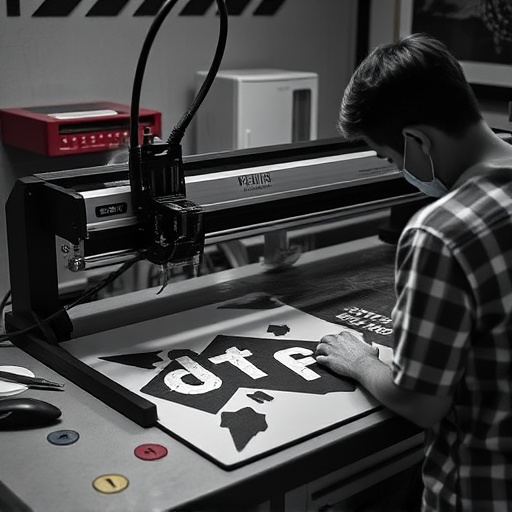
DTF Custom Apparel leverages cutting-edge Direct to Fabric printing tech to create unique, high-qual…….
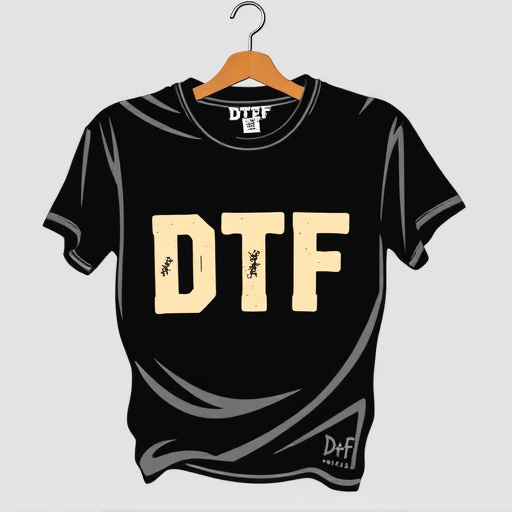
DTF Custom Apparel is a leader in revolutionizing the apparel industry with high-quality, custom des…….
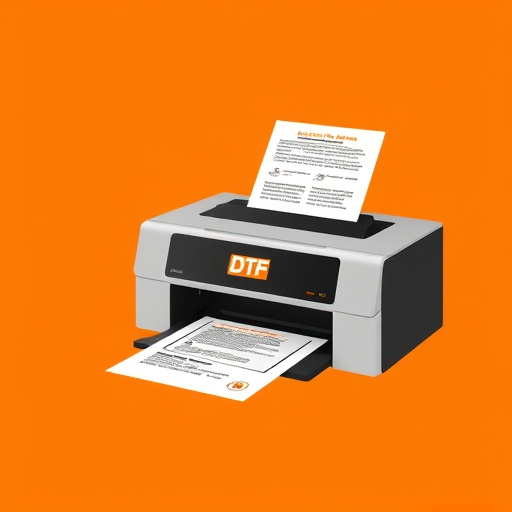
DTF Custom Apparel is revolutionizing the fashion industry with its Direct to Fabric printing techno…….
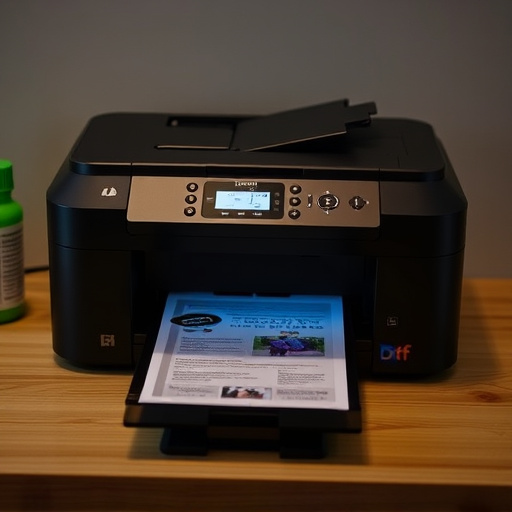
DTF Custom Apparel revolutionizes apparel design with direct digital printing on fabrics like t-shir…….
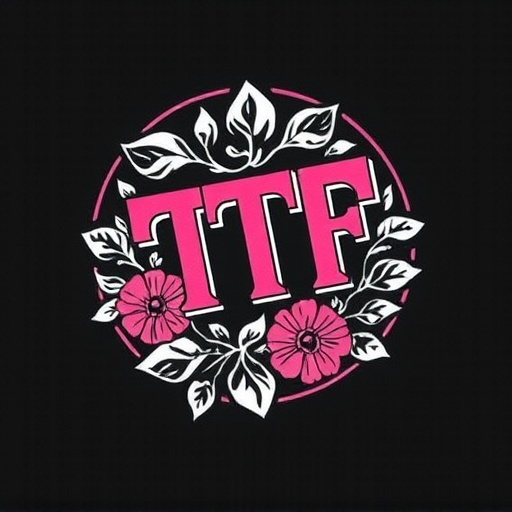
DTF Custom Apparel disrupts traditional garment production with direct-to-garment technology, offeri…….
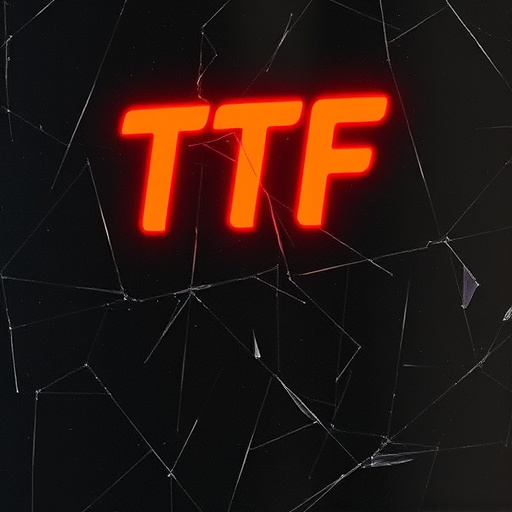
Personalized gifting is gaining popularity, driving a trend in the apparel industry. DTF Custom Appa…….

DTF Custom Apparel leverages advanced printing tech to directly apply designs onto fabrics, streamli…….
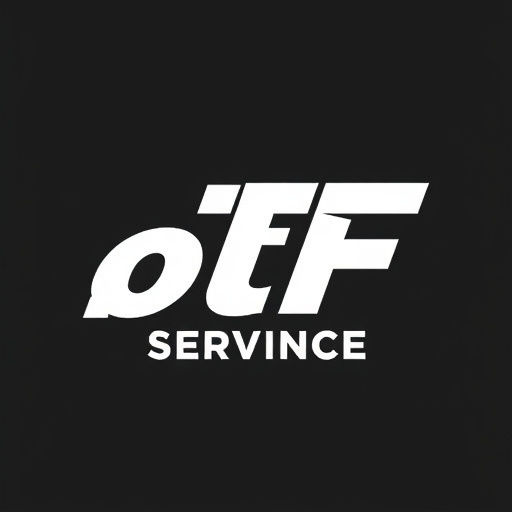
DTF Custom Apparel revolutionizes apparel with Direct-to-Film printing, offering unparalleled custom…….
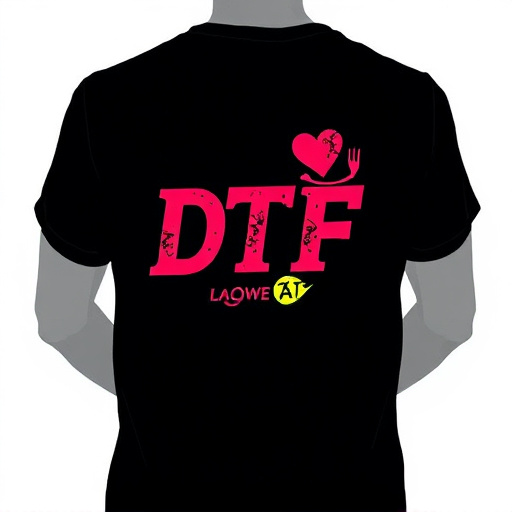
DTF Custom Apparel printing merges artistic skill and technical know-how. It involves using speciali…….